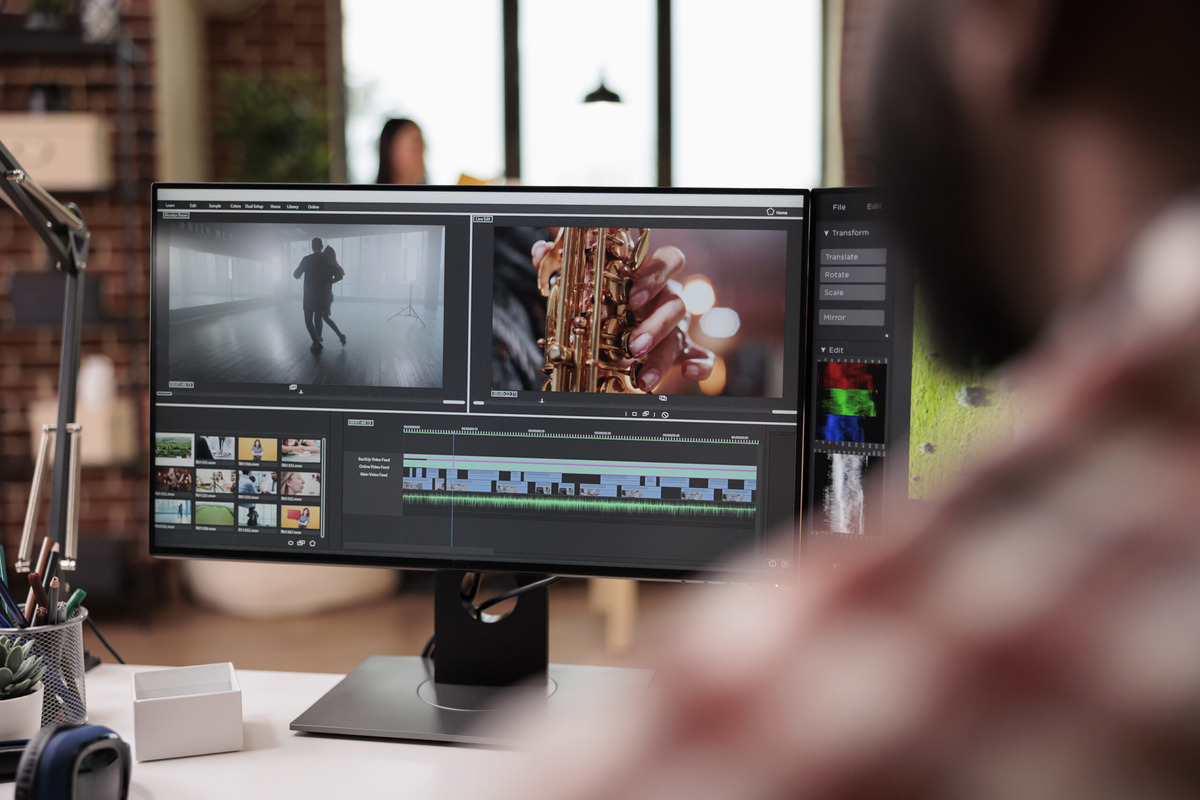The Evolution of Video Editing: From Analog to AI
Video editing has come a long way since its inception, evolving from manual cutting and splicing of film to sophisticated digital tools powered by artificial intelligence. This transformation has not only democratized the art of video editing but has also revolutionized the way stories are told on screen. Let’s delve into the fascinating journey of video editing, from its analog roots to the cutting-edge technologies of today.
The Early Days: Analog Editing
In the early days of cinema, video editing was a laborious and time-consuming process. Editors would physically cut and splice filmstrips to create a coherent narrative. This method, known as linear editing, required meticulous planning and precision. Any mistake could result in irreparable damage to the film. Despite its challenges, analog editing laid the groundwork for the principles of storytelling through visual media.
The Digital Revolution
The advent of digital technology in the late 20th century marked a significant shift in video editing. Non-linear editing (NLE) systems, such as Avid and Adobe Premiere, allowed editors to manipulate video footage on computers. This digital revolution made the editing process more efficient and flexible. Editors could now easily rearrange scenes, add effects, and fine-tune their work without the risk of damaging the original footage.
The Rise of Consumer Software
As digital technology became more accessible, consumer-grade video editing software emerged. Programs like iMovie and Windows Movie Maker brought video editing to the masses, enabling amateur filmmakers and hobbyists to create professional-looking videos. This democratization of video editing tools led to an explosion of user-generated content, from home movies to viral videos on platforms like YouTube.
The Cloud and Collaborative Editing
The rise of cloud computing has further transformed video editing. Cloud-based platforms allow editors to collaborate in real-time, regardless of their geographical location. Tools like Adobe Creative Cloud and Frame.io enable seamless sharing and synchronization of projects, making it easier for teams to work together on complex productions. This collaborative approach has become essential in the fast-paced world of modern media production.
The Future: AI and Machine Learning
Artificial intelligence (AI) and machine learning are poised to revolutionize video editing once again. AI-powered tools can automate repetitive tasks, such as color correction and audio synchronization, freeing up editors to focus on creative aspects. Moreover, AI can analyze vast amounts of footage to suggest the best shots and sequences, enhancing the storytelling process.
One of the most exciting developments is the use of AI to generate realistic deepfakes and virtual backgrounds, opening up new possibilities for content creation. However, this also raises ethical concerns about the authenticity and integrity of video content. As AI continues to advance, the industry will need to grapple with these challenges and establish guidelines for responsible use.
Conclusion
From the manual cutting of filmstrips to AI-driven automation, video editing has undergone a remarkable evolution. This journey has not only made the craft more accessible but has also pushed the boundaries of what is possible in visual storytelling. As technology continues to advance, the future of video editing promises even more innovation and creativity, shaping the way we consume and create media for generations to come.
Whether you’re a seasoned professional or an aspiring filmmaker, the tools and techniques available today offer unprecedented opportunities to bring your vision to life. The evolution of video editing is a testament to human ingenuity and the enduring power of storytelling.










